
In the ’80s and ’90s, the Malaysian fashion scene was something of a non-entity. It wasn’t through lack of skill or a market, but the general perception was that local fashion was inferior to international brands, mostly due to Malaysian designers’ lack of exposure to more sophisticated styles and techniques. Until the early noughties, local designers mostly worked on custom garments for private clients. Fashion shows were few and far between, and while the local media would dutifully cover these events, meaningful commentary was missing.
In the last decade, however, things have been rapidly changing, especially in cosmopolitan Kuala Lumpur. “We’re seeing a new generation of local designers – some who have returned after stints abroad,” says Aziz Draim, editor of Glam Lelaki, Malaysia’s leading men’s fashion magazine. “Their work is not just seen on social media, but it’s being boosted by a discerning media better adept at talent spotting.”

These designers also now have a proper platform in the form of KL Fashion Week (KLFW), which started showing ready-to-wear in 2013. Previous fashion weeks were either dedicated to couture creations or “ethnic” fashion that featured local crafts, so this new development six years ago was an important step in making exciting local collections accessible.
Social media has also played a large role in this upward tick, with Malaysia having some of the most followed modest-fashion influencers in the region.
This alchemy of factors has given birth to a rising local fashion scene that creates apparel and footwear informed by the country’s unique fusion of Malay, Chinese and Indian influences, showcasing local craftsmanship presented with a globally savvy approach. Moreover, this distinctive Malaysian style is seeing more women designers taking the lead in what was previously a male-dominated industry (half the designers shown at KLFW 2019 were female).
Meet four designers passionate about making Kuala Lumpur the region’s fashion capital.
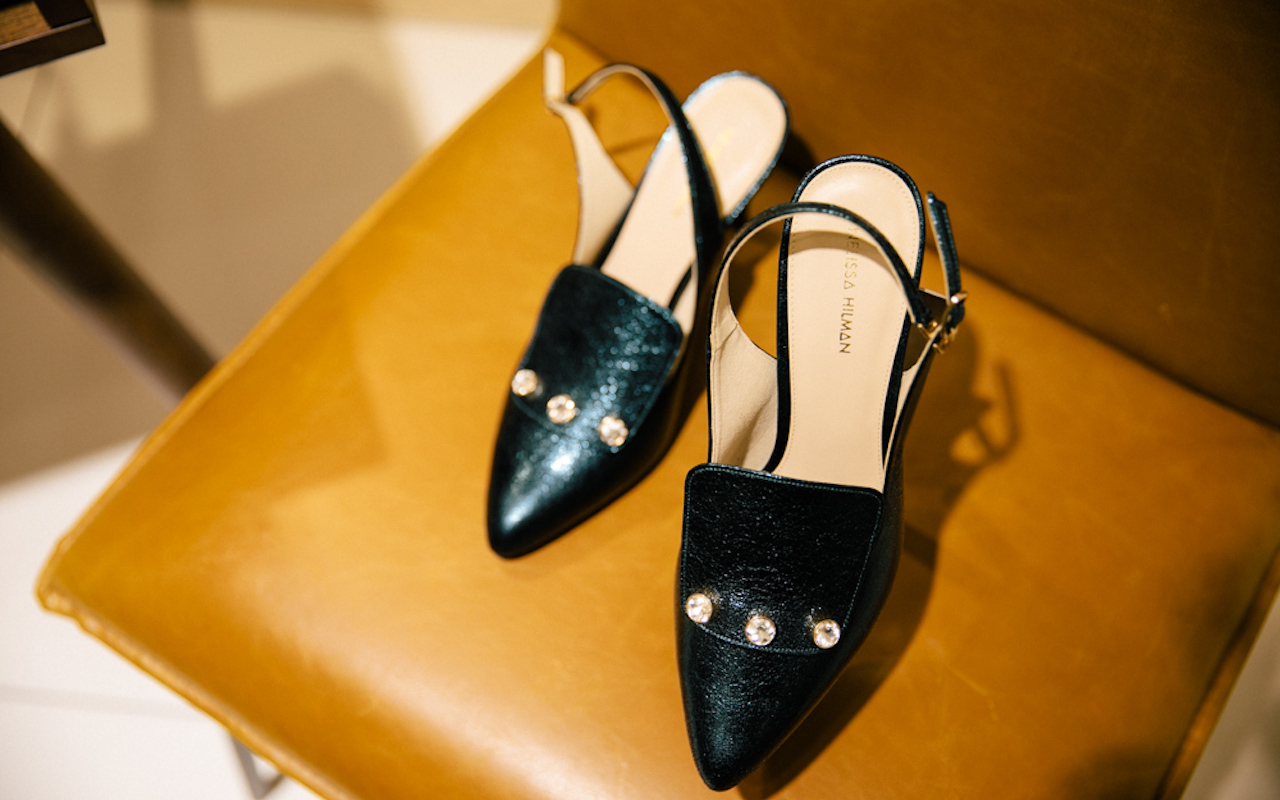
Stylist to the stars
Alia Bastamam
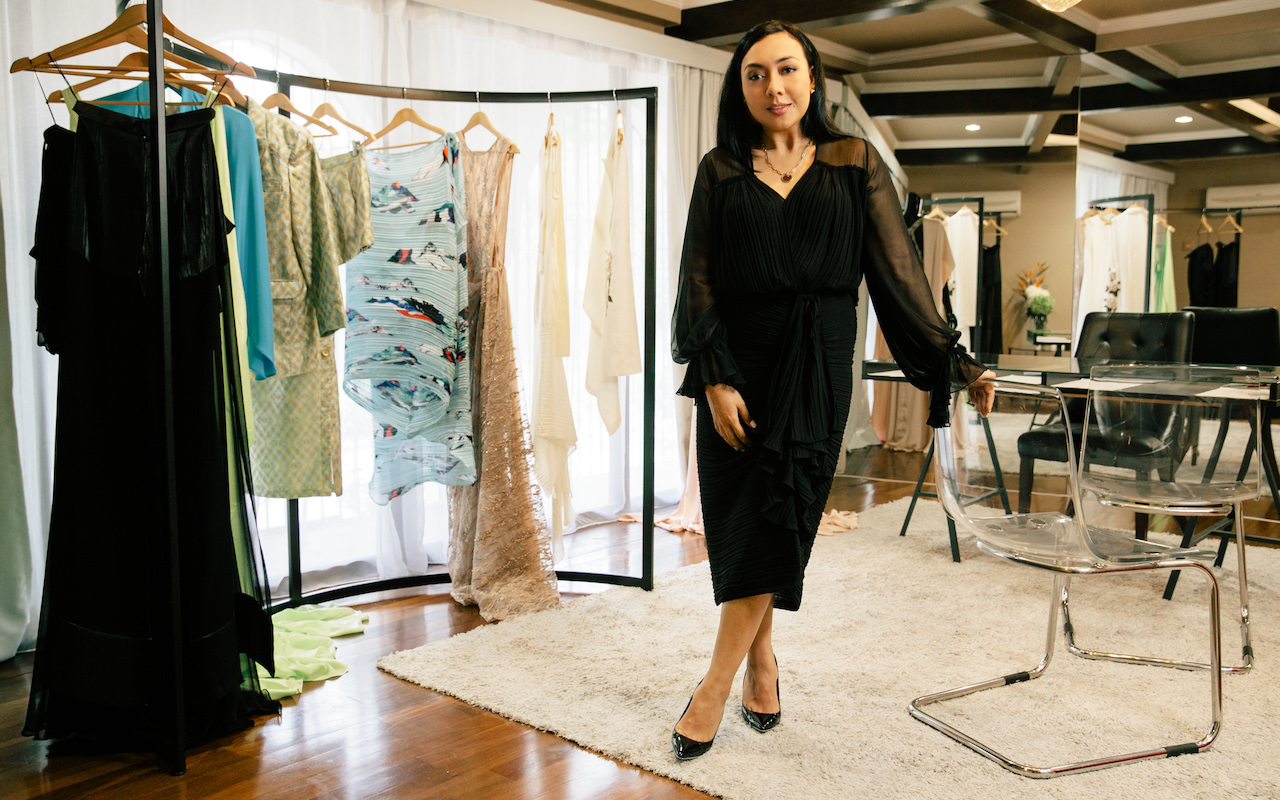
Inspired by unconventional beauties like Theda Bara, Tina Chow and Bianca Jagger, Alia Bastamam looks to design the kind of sculptural/architectural pieces these women would have donned. In fact, the 35-year-old once eschewed a career in architecture for fashion design, working under renowned Malaysian brands such as Sofira and Jovian Mandagie before presenting her first collection in 2011.
From incorporating Nusantara culture in the form of sarong-style skirts and ikat fabric for her main collection to modernising the traditional kebaya (blouse-dress combination) and baju kurung (enclosed dress) for her Raya range, Bastamam’s work has impressed the local fashion crowd, and she won Designer of the Year at KLFW 2017.
The appeal of her work also transcends borders; in September this year, Bastamam took her Spring/Summer 20 collection to Milan Fashion Week for a private media presentation. “The audience was very responsive to my designs,” she says. “They liked the sexiness of it, the soft fabrics and detailed embellishments.”
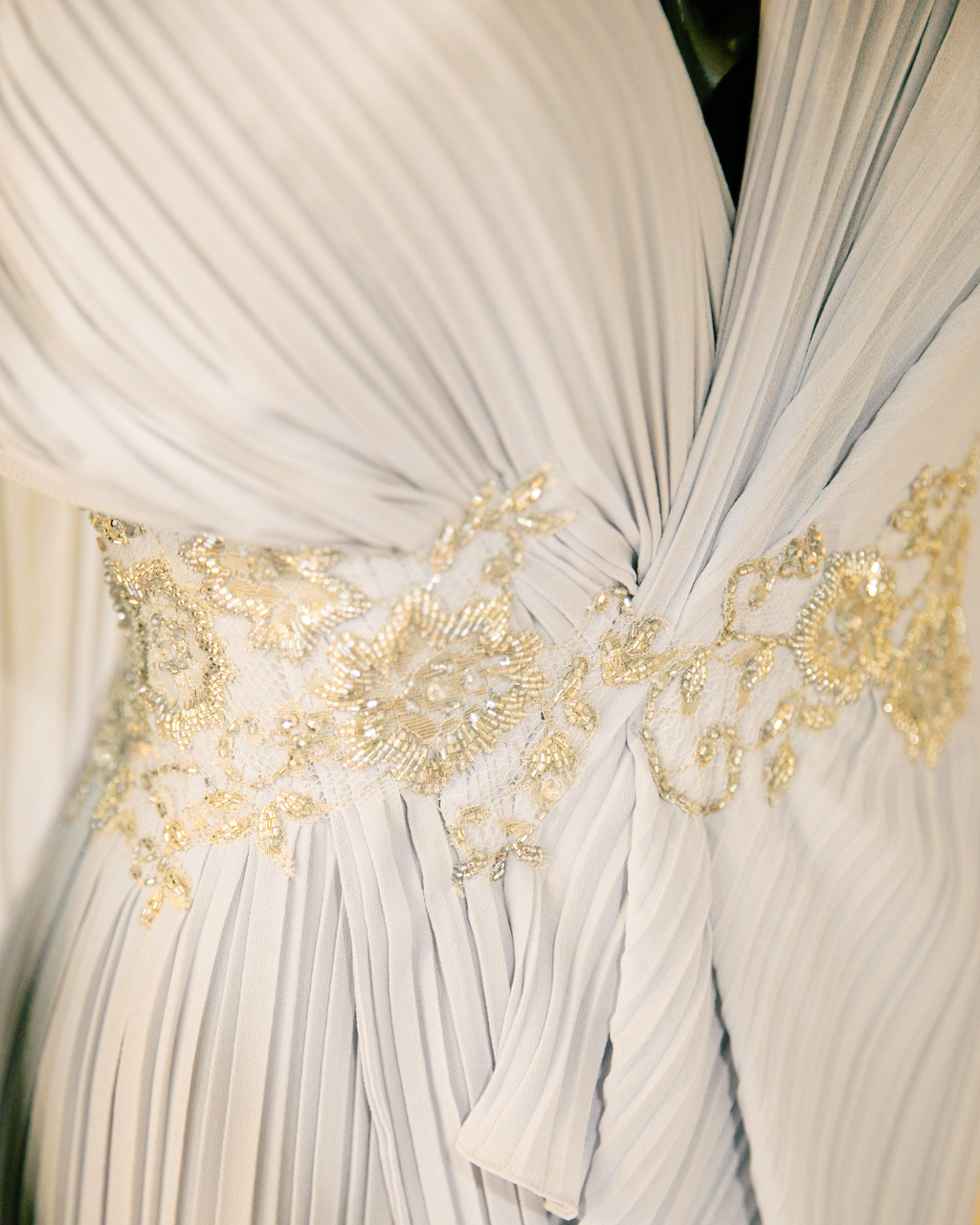
What local materials do you use in your designs?
I’m extremely picky with my fabric selection – for example, I only use pure silk so it’s comfortable and cooling for our climate. I’ve been looking towards sustainability and chanced upon a Malaysia-based social initiative that produces ethical textiles from plant-based waste. These high-quality fabrics will be included in my upcoming Fall/Winter 20/21 collection.
Why is there a growing trend of young female fashion entrepreneurs in Malaysia?
I’m proud to say that the Malaysian fashion industry is very female-centric. People are more open to non-conventional jobs. Before, if you were interested in something creative, it was mostly sustained as a hobby. These days, you can turn your hobby into a business, creating more opportunities for young women to be entrepreneurs.
“Fashion is a way to keep our heritage alive”
The batik champion
Fern Chua
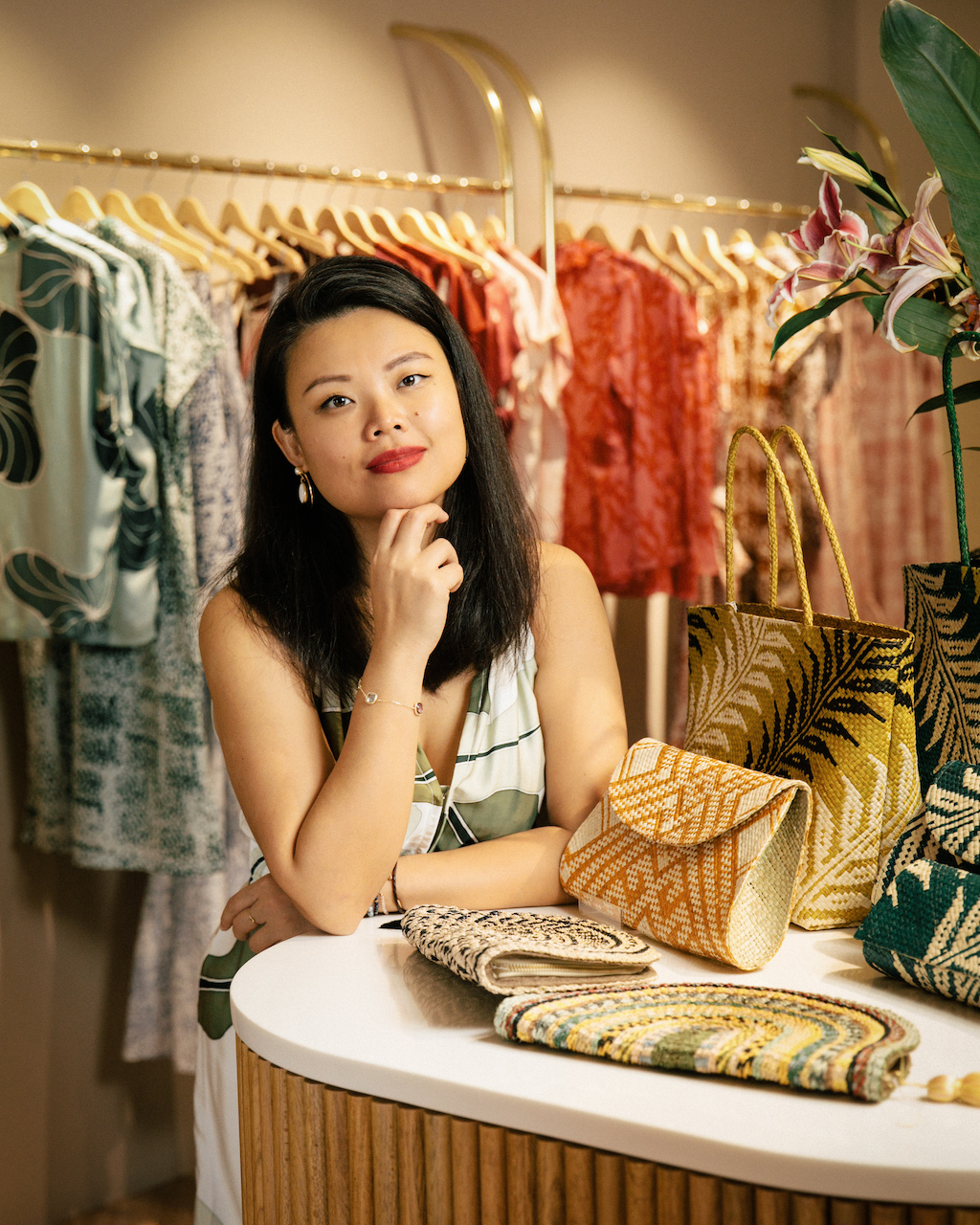
“I feel as if my fate was intertwined with batik,” says Fern Chua, fashion designer and founder of batik-based label FERN. Chua was bound for a career in PR when a car accident took her life down a different path. Afflicted with two cut tendons and an injured median nerve on her left palm, she took up sewing in a bid to rehabilitate her hand.
“That was when I stumbled across hand-drawn batik,” says the 32-year-old. “Over time, I was inspired to modernise this time-honoured art form into contemporary fashion.”
In May this year, FERN opened its first flagship store in KL’s upmarket Bangsar Village II. Chua works with local in-house artisans to create custom designs painted with natural dyes, a particularly significant feature in a craft where environmentally harsh practices are common. The limited-edition prints, which draw inspiration from Malaysian flora and fauna, are fashioned into sleek silhouettes such as wrap dresses, boxy shirts and palazzo pants.
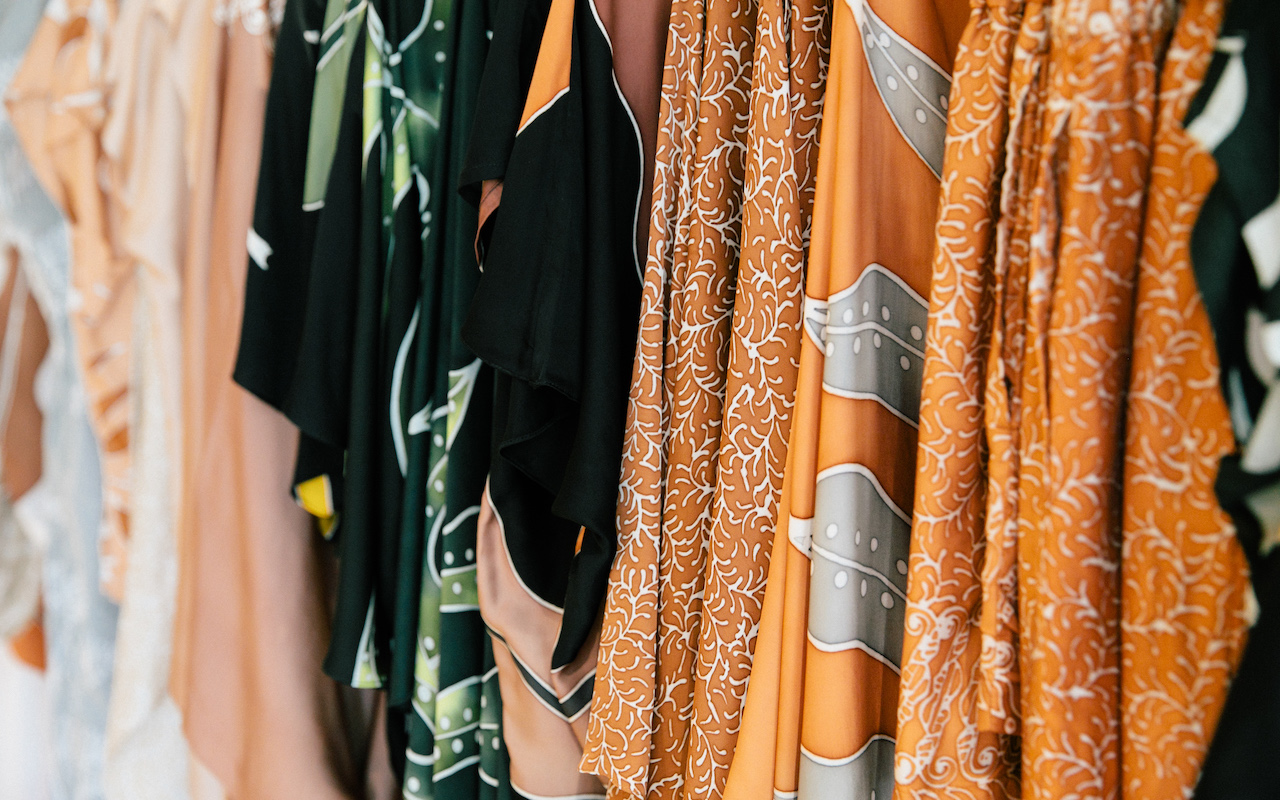
What makes Kuala Lumpur such a hotbed for fashion?
Our designers offer a good mix of offerings, each with their own adaptation of our diverse culture. For me, our fashion is a way to keep our traditions and heritage alive.
What local materials do you use?
Our batik artisans work with natural materials like silk and cotton. We are also working towards collaborating with local artisans from Borneo as well as those training with the National Craft Institute who have expertise in songket (brocade-type textile), ikat (a dyeing technique used to pattern textiles) and other woven materials.
The savvy scion
Izrin Ismail
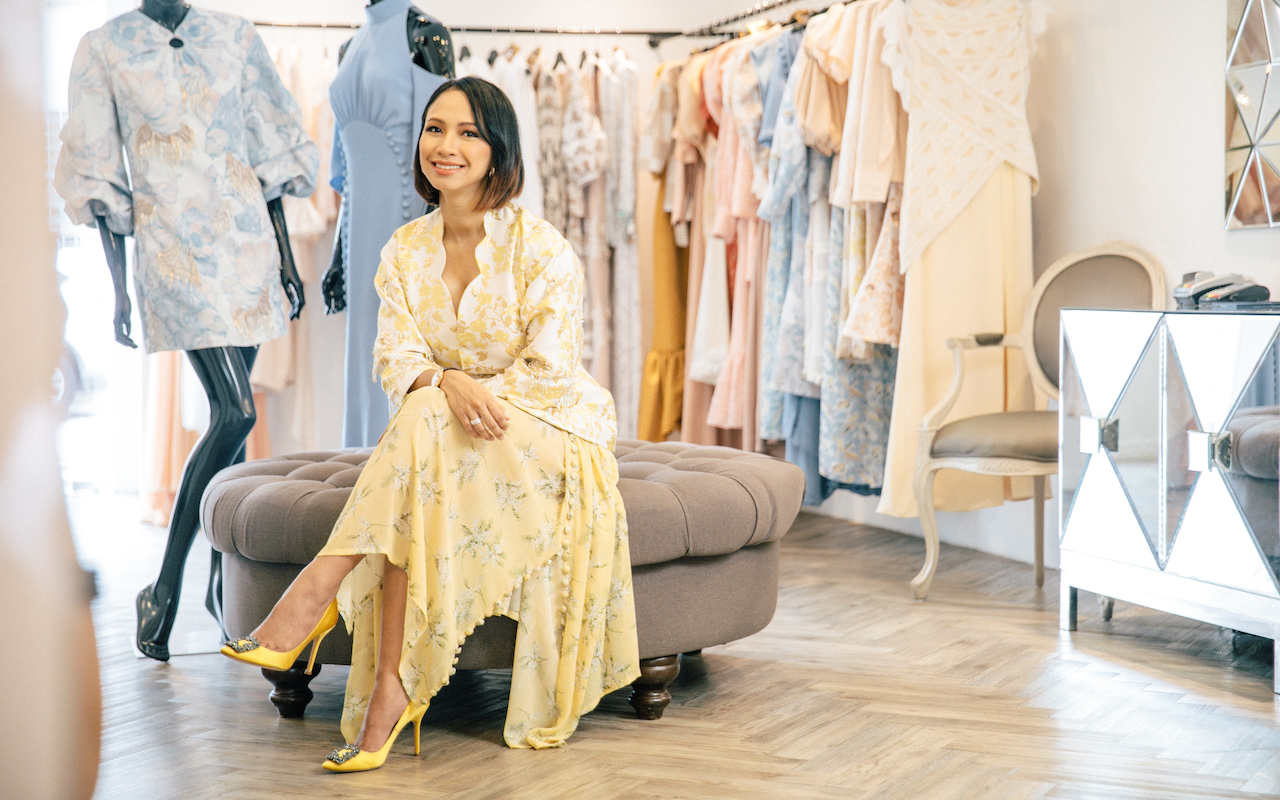
One might say Izrin Ismail’s path to fashion was pre-destined. After all, her mother Aishah Salleh founded INNAI in 2004, and it was one of the first brands in Malaysia to work with batik artists to create modern garments such as embellished chiffon blouses and resort wear.
While 36-year-old Ismail studied communications in university, she kept her connection with the fashion industry, working for both high street and couture brands while helping out at INNAI until her mother handed over the company to her in 2008.
In 2012, Ismail started an offshoot of the brand, INNAI RED, to offer bespoke services for evening and bridal wear. “I saw the lucrative opportunity in bespoke/customised fashion because Malaysians love to make clothes at every opportunity, be it attending weddings or celebrating festive occasions,” Ismail explains. Since then, INNAI RED has become the brand of choice for the country’s VIPs, including Ally Mukhriz, granddaughter of Prime Minister Mahathir Mohamad.
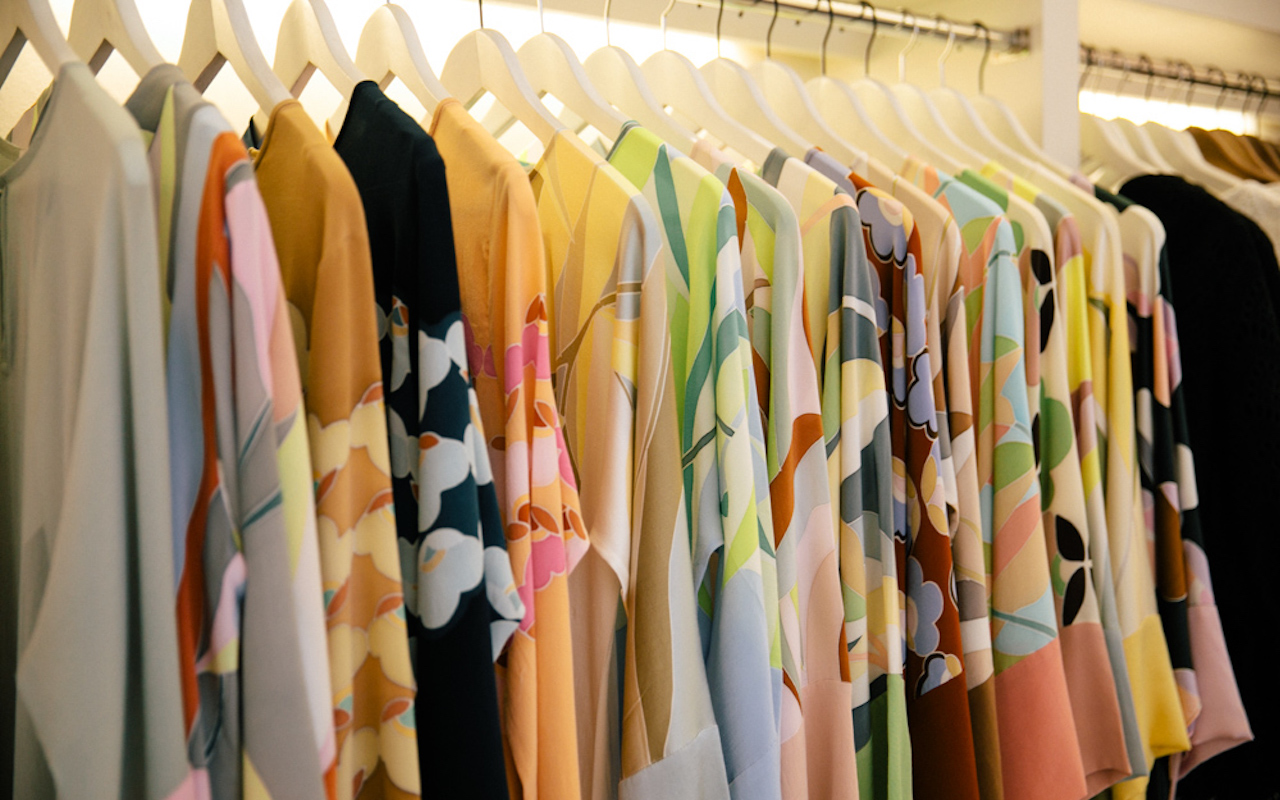
Describe the INNAI RED aesthetic.
Modern with a feminine twist, from playful colours to intricate beadwork. We design for women who have their own signature style, wear their clothes with confidence and would invest in timeless pieces and quality.
What inspires your work?
I get ideas from the obvious like movies, travelling, books, blogs and fashion forecast websites; and from the non-obvious like paper bags, bookmarks, cushions, wallpaper, et cetera. Our collections are also often inspired by colour – we research the Pantone colour charts and build a theme from there.
The sole reviver
Nelissa Hilman
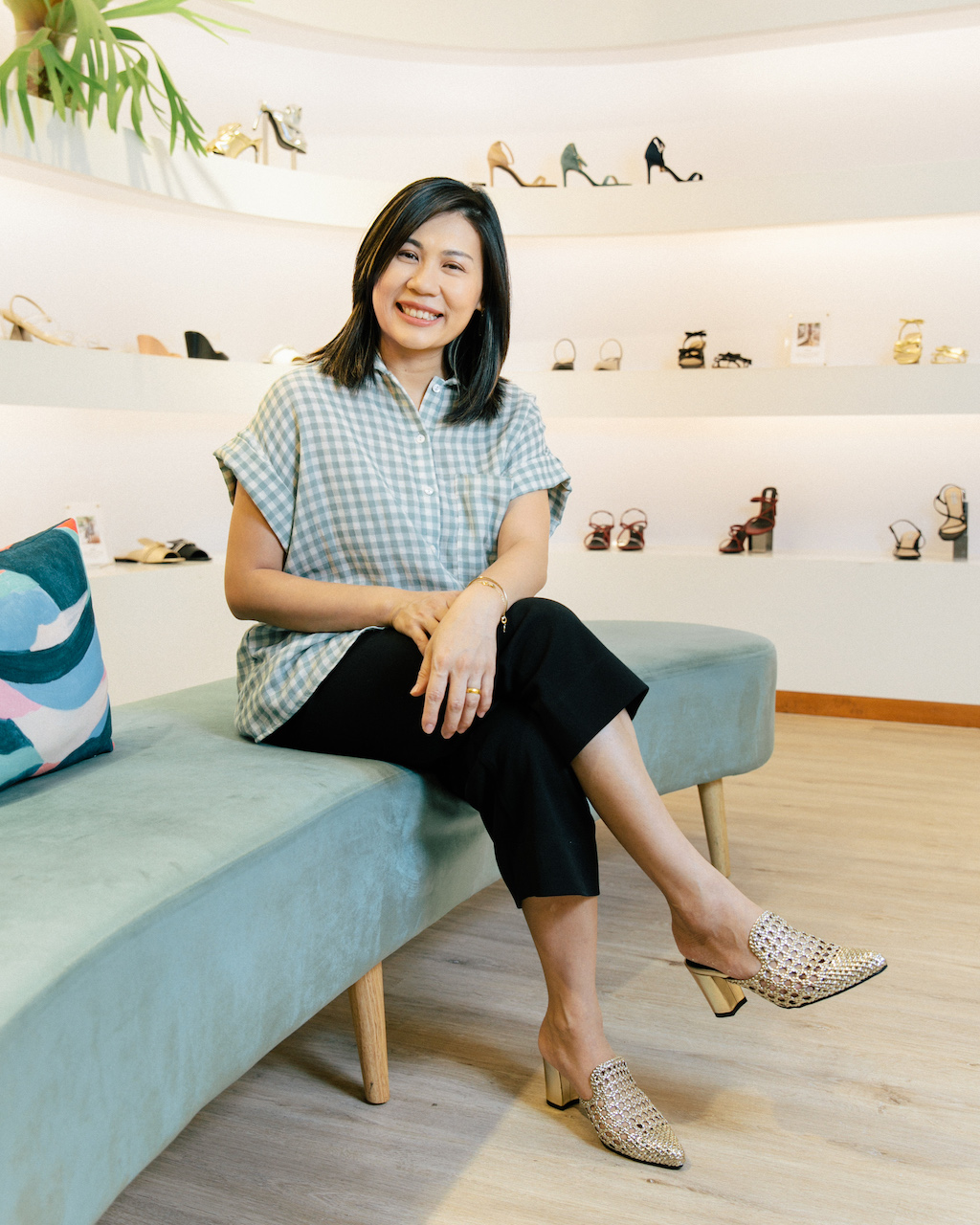
A fierce supporter of local shoemakers, 35-year-old Nelissa Hilman seeks to revive this rapidly dwindling craft with her handmade footwear. In 2011, Hilman took a course in shoe design in Florence, after which she returned to KL to work as a design and production assistant in a shoe factory to better understand the local industry.
Her first made-to-order collection was launched online at the end of 2012 and since then, Hilman’s early signature square-toed loafers and tasselled sandals have grown to include wedges, heels and mules.
Modern and feminine, Hilman’s footwear is known among the city’s fashion influencers for its style and comfort – an important distinction for Hilman, who says she first decided to design shoes after finding it difficult to find footwear that fit her wider than average feet. All her collections include options for feet of different widths. Since its first launch, Hilman’s line has made it to KLFW in collaboration with Malaysian fashion designers like Jonathan Liang and Justin Yap as well as crystal design giant Swarovski.
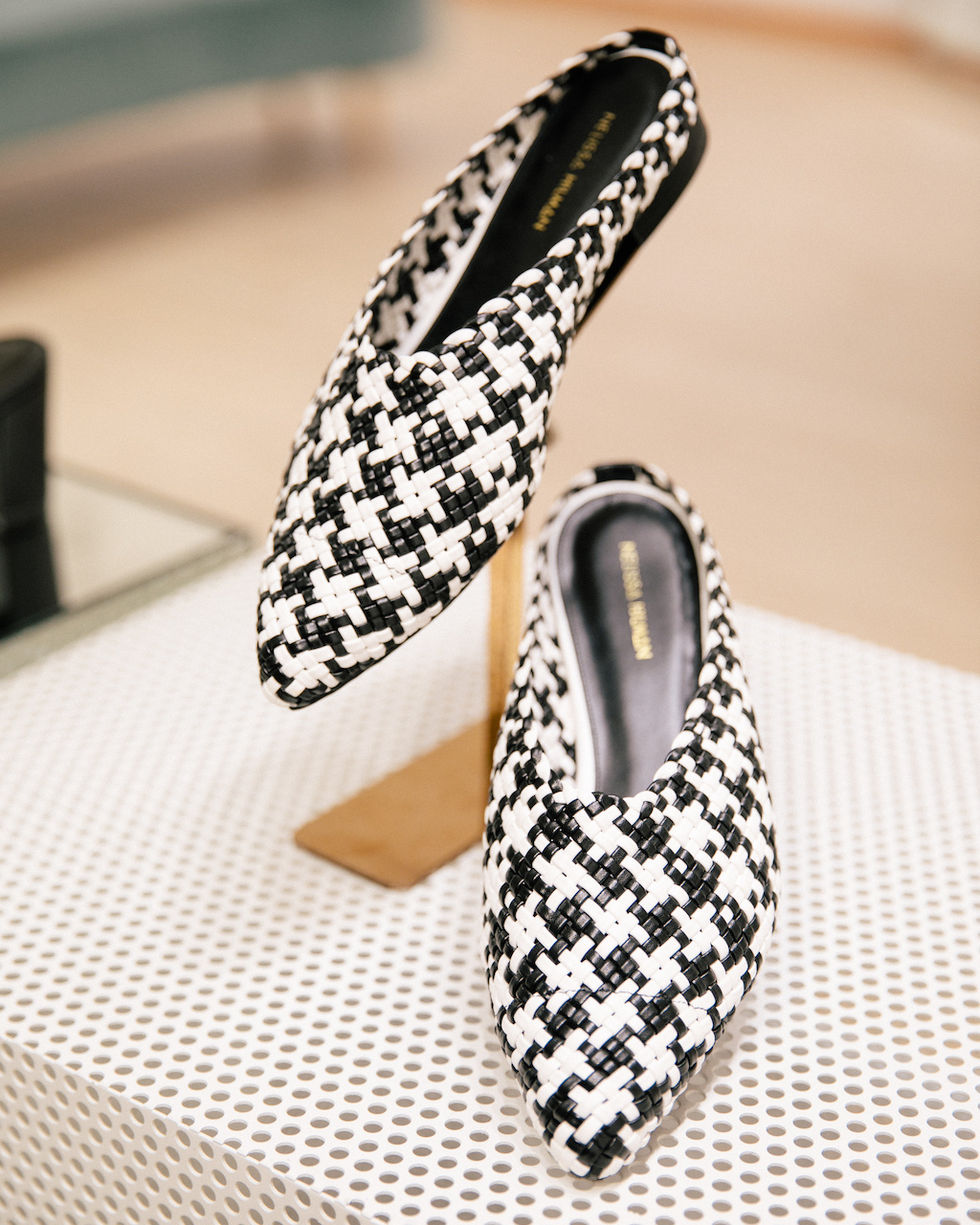
How do Malaysian techniques influence your work?
The backbone of our brand is skilled artisans who have worked in the industry for decades. We work with family-based, small- to medium-sized shoe producers, some with less than 10 workers, so we’re able to work together to develop patterns and designs. Because all our shoes are handcrafted, no two pairs are exactly alike and each pair is unique to the wearer.
What’s next for you as a designer?
Collaboration excites me. Most recently, we collaborated with a Paris-based global design lab to create 3D-printed shoes. Our upcoming Raya 2020 collection is a collaboration with the late Sivam Selvaratnam, a local textile artist whose work I hope to bring to the fashion arena.
Check into these new design-driven properties in Kuala Lumpur
The Chow Kit – an Ormond Hotel
Located in a historic area that’s home to the city’s largest wet market, this boutique stay has sleek interiors inspired by the neighbourhood’s colourful reputation and is a great base to explore a different side of KL.
The RuMa
Drawing on the city’s history of tin mining and rubber tapping, this luxe hotel features local crafts like pewter-smithing and textile weaving in its interior design. Stellar facilities include an infinity pool and a Truefitt & Hill barber.
EQ
Home-grown hospitality brand Equatorial Hotel relaunched as EQ after the building was demolished and rebuilt to the highest green standards. The posh hotel also features plenty of local artwork, including sculptures from renowned artist Nizam Abdullah.
Featured brands:
Alia Bastamam
14 Jln Chempenai Damansara Heights
FERN Batik + Artisanal Collective
Flagship Store UGF-17A Bangsar Village II
2 Jln Telawi 1 Bangsar
INNAI RED
C-0-10, Plaza Damas Jln Sri Hartamas 1 innaired.com
Nelissa Hilman UGF-20, Bangsar Village II
2 Jln Telawi 1 Bangsar Baru
Nelissa Hilman
UGF-20, Bangsar Village II
2 Jln Telawi 1 Bangsar Baru
SilkAir flies daily between Singapore and Kuala Lumpur. To book a flight, visit singaporeair.com
SEE ALSO: Why Kuala Lumpur is becoming Asia’s latest design hub
This article was originally published in the December 2019 issue of SilverKris magazine.
The post 4 female designers cementing Kuala Lumpur’s place as a fashion capital appeared first on SilverKris.
from SilverKris
No comments:
Post a Comment